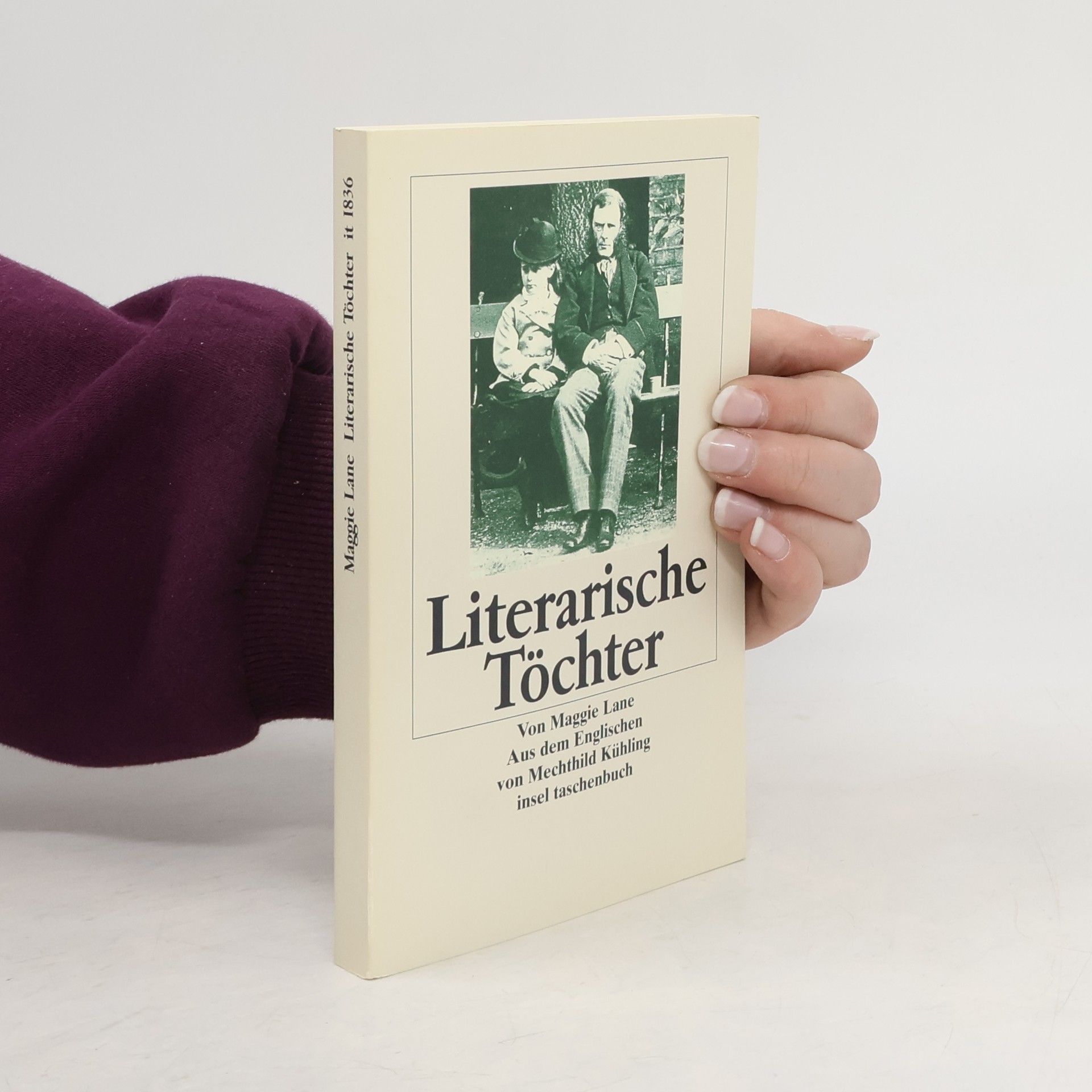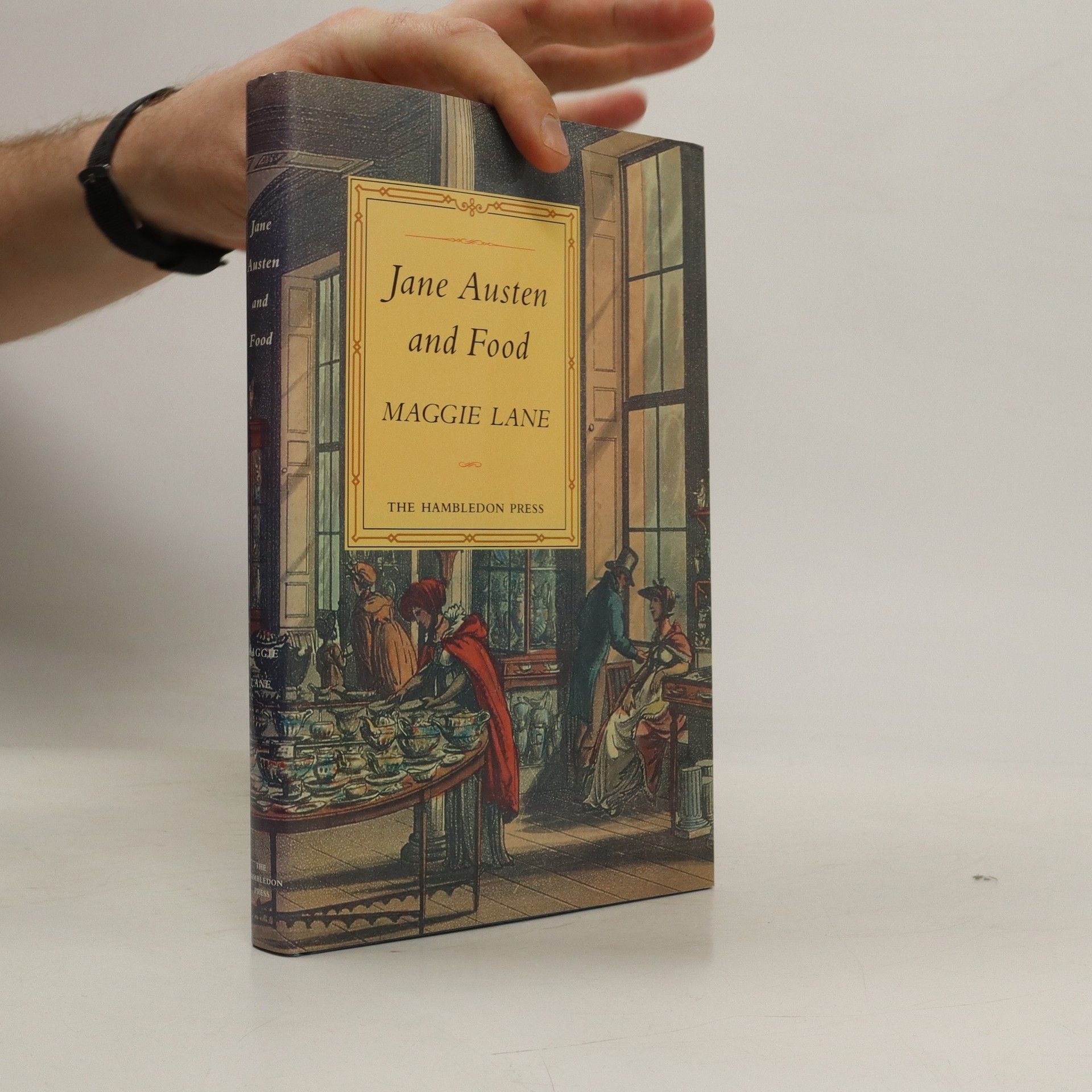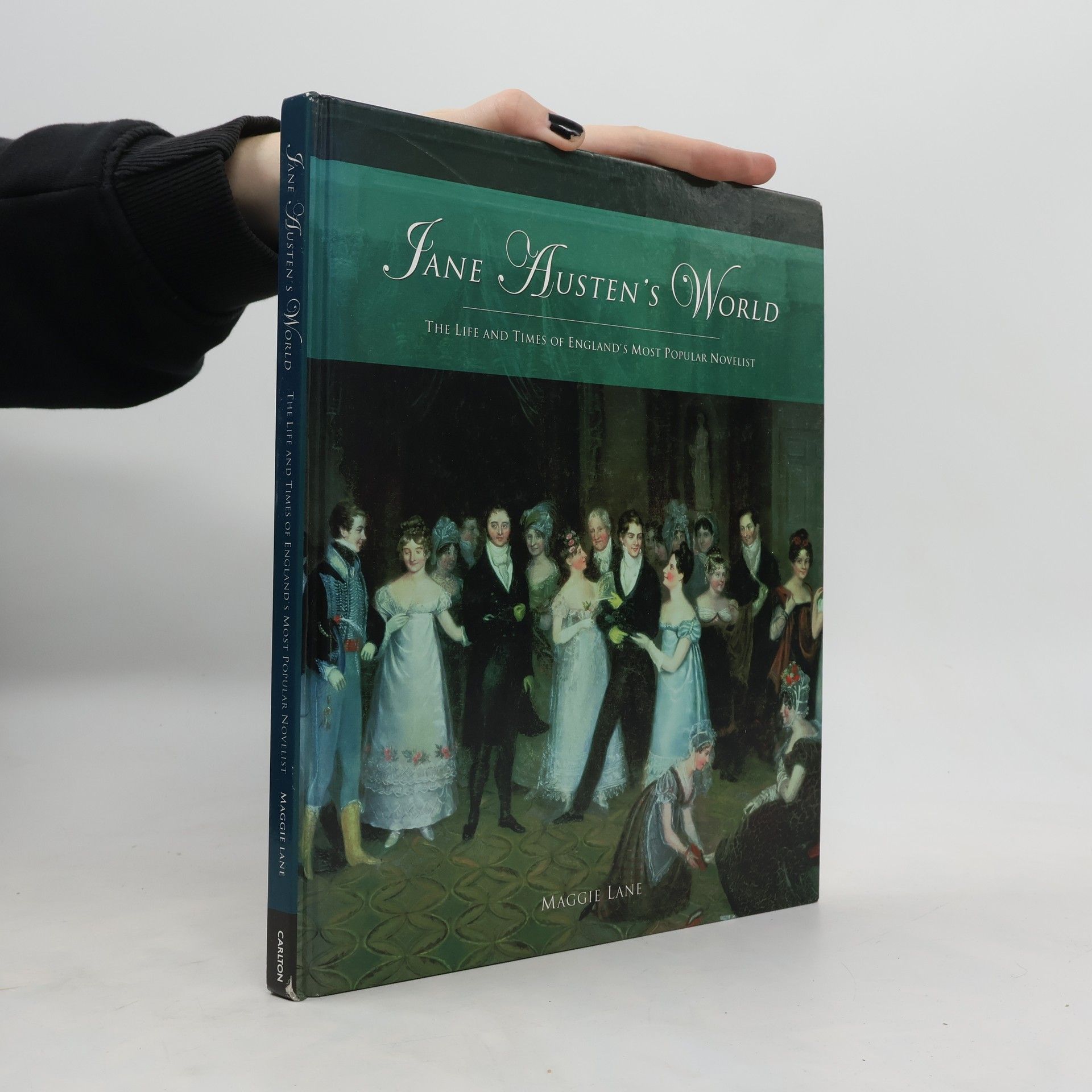It is a truth universally acknowledged that Jane Austen is one of the most popular novelists in the English language and her work is more popular today than ever before. The wit and romance of her writing captivate television and cinema audiences worldwide, while boosting the readership of the novels themselves. In an age when attention spans are low and fast, furious action drama overwhelms television and movie audiences, the sheer romance of Jane Austen adaptations has continued to prove itself at awards ceremonies. But who was Jane Austen and what sort of world did she inhabit? Maggie Lane, a respected Austen authority and a committee member of the Jane Austen Society, takes a look at the historical and social period in which Jane Austen was writing ? a time when England was developing into a colonial power, while George III sank into madness and the Regency took hold. Elsewhere, the French Revolution and the Napoleonic Wars raged and the New World was developing.
Maggie Lane Knihy





Jane Austen And Food
- 224 stránek
- 8 hodin čtení
What is the significance of the pyramid of fruit at Pemberley or the cold beef consumed by Willoughby on his journey to see Marianne? Why is Emma's disgrace set during a picnic, and how do the varying styles of housekeeping in Mansfield Park reflect contemporary social issues? While Jane Austen does not extensively detail meals like Victorian novelists, food plays a crucial role in her narratives. Her domestic plots are rich with the rituals of sharing meals, and characters' attitudes toward eating, housekeeping, and hospitality reveal their moral values. Austen skillfully uses specific food items to symbolize qualities at pivotal moments in her stories. This is especially evident in Emma, where food references enhance the novel's world and serve as a metaphor for community interdependence. In this engaging and well-researched exploration, Maggie Lane provides a fresh perspective on Austen's work while shedding light on a fascinating period of food history, as England faced urbanization, middle-class luxury, and shifting gender roles. Covering themes such as greed, gender, mealtimes, and manners, Lane draws on Austen's novels, letters, and family papers to examine the author's complex views on food provision and enjoyment.
Exploring the whimsical idea of cats in clothing, this charming book by an 11-year-old cat enthusiast reveals the hidden lives of our feline friends. Through delightful illustrations and imaginative scenarios, it invites readers to envision the adventures and personalities of cats dressed in various outfits, showcasing their unique traits and behaviors in a playful manner. Perfect for cat lovers, it combines creativity with a love for animals, making it an enchanting read for all ages.
Needlepoint by Design
Variations on Chinese Themes